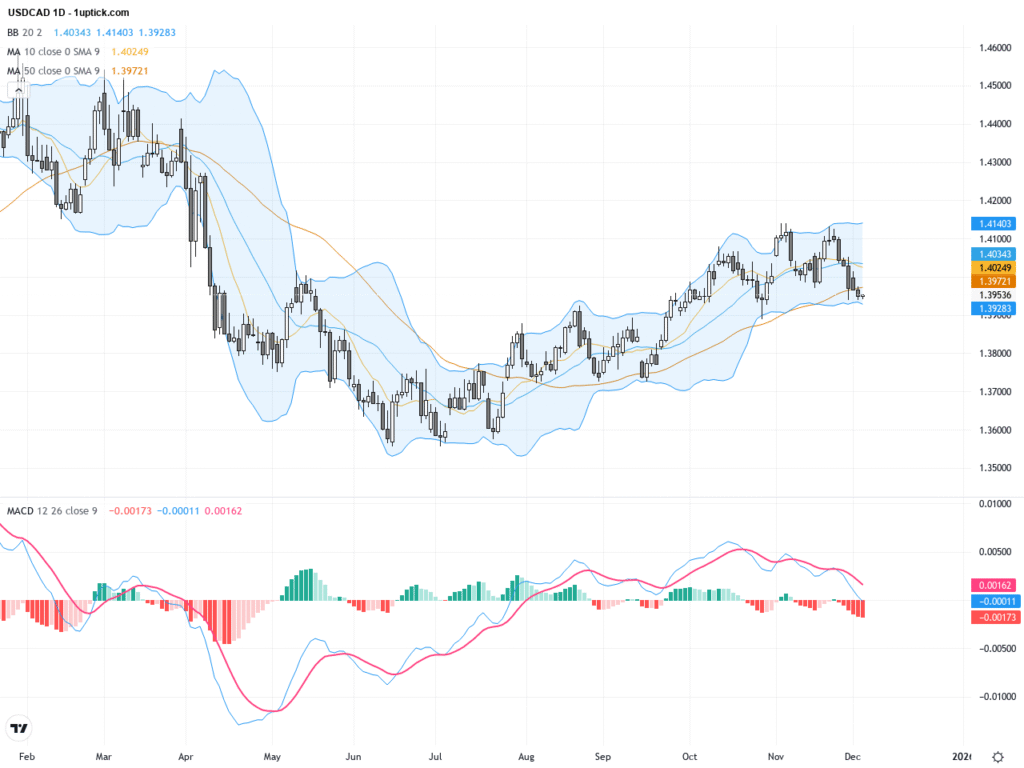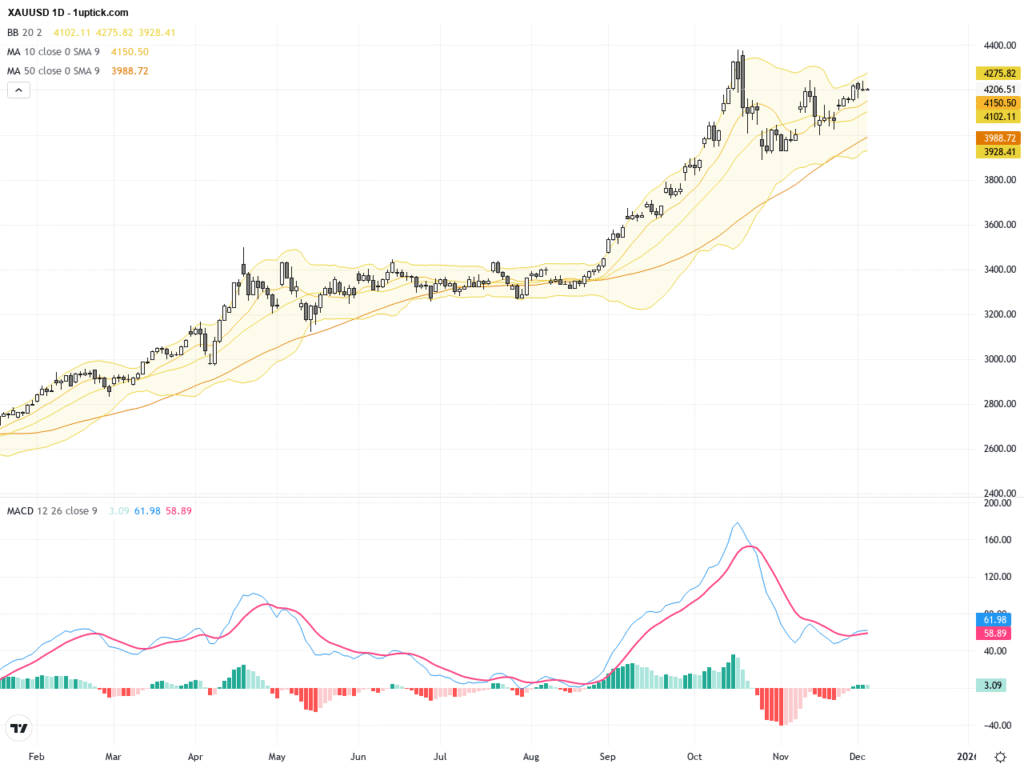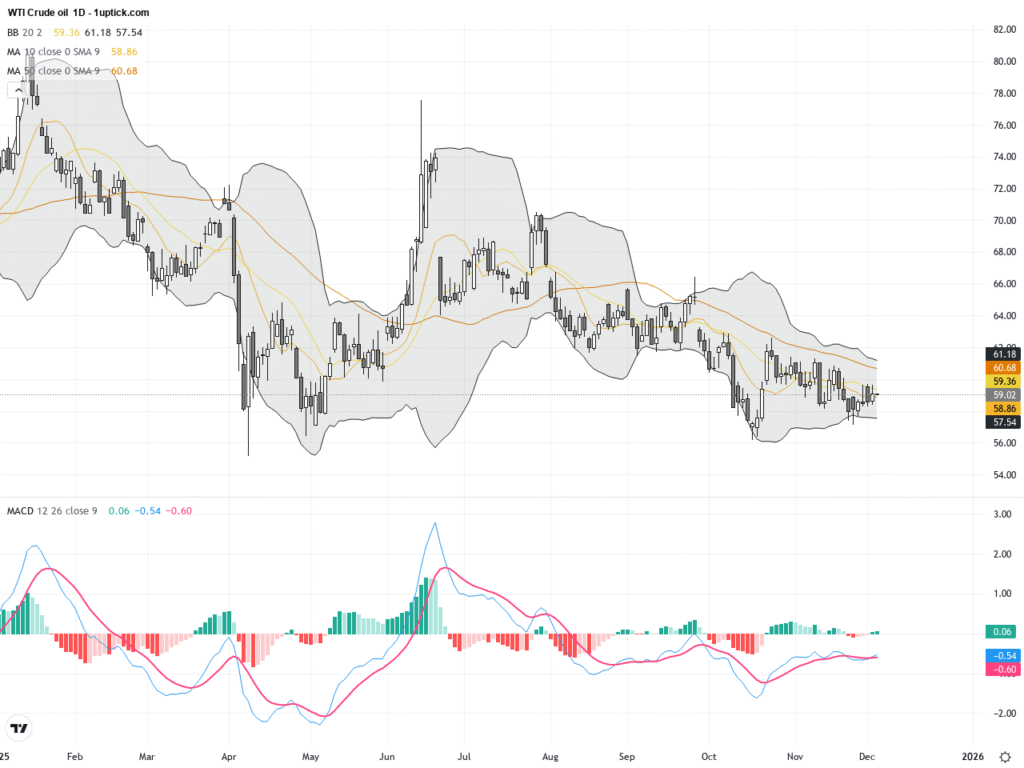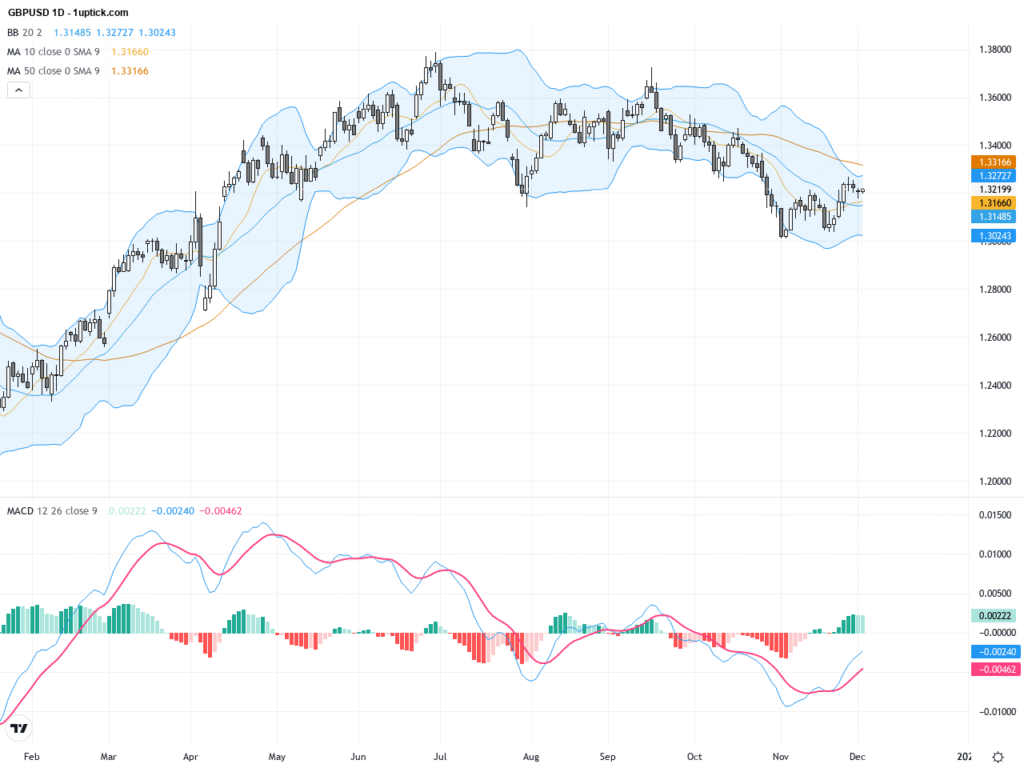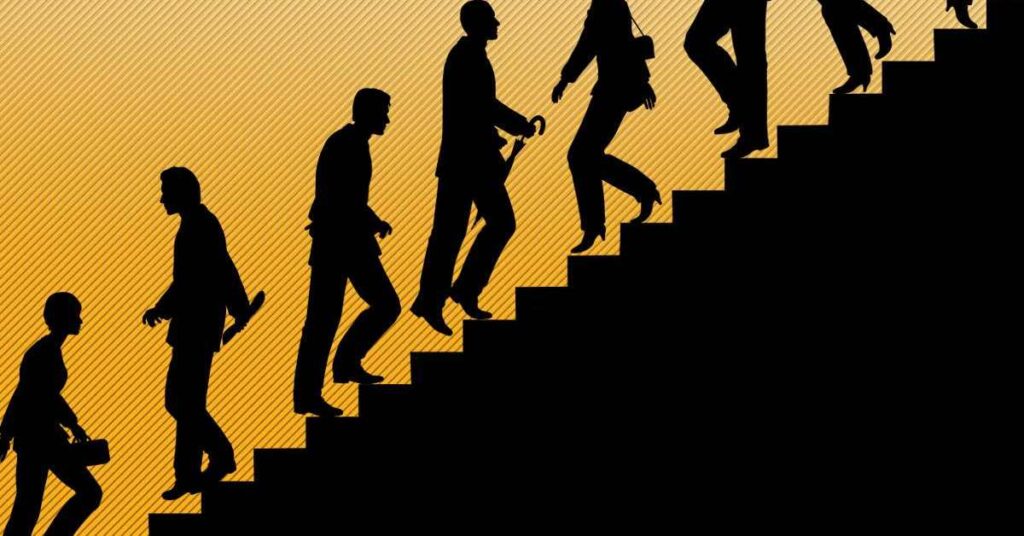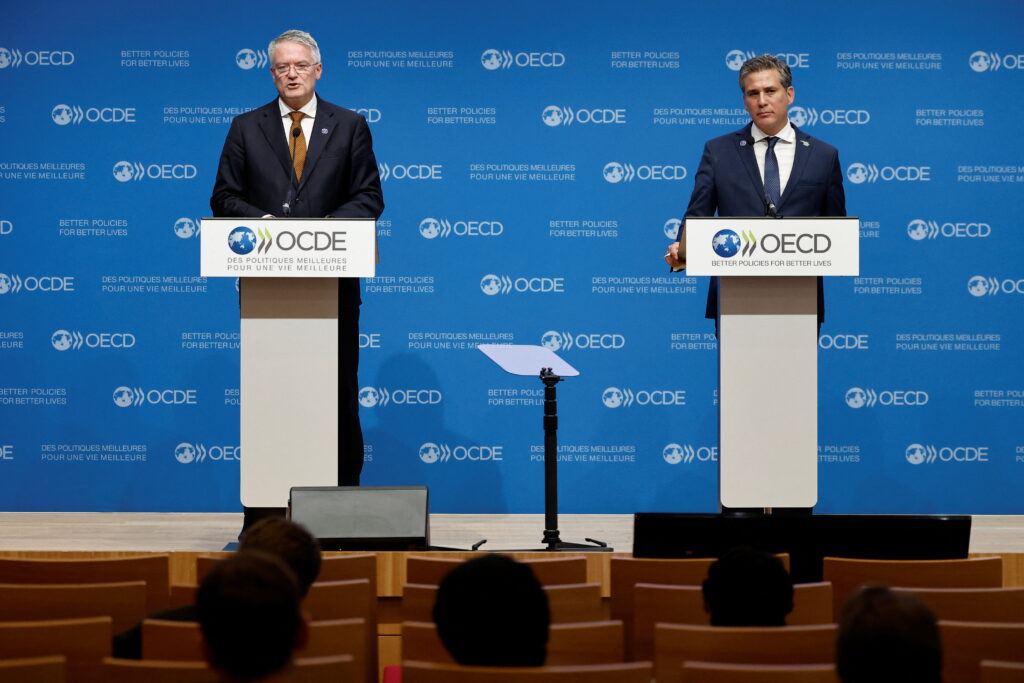 |
| Gold V.1.3.1 signal Telegram Channel (English) |
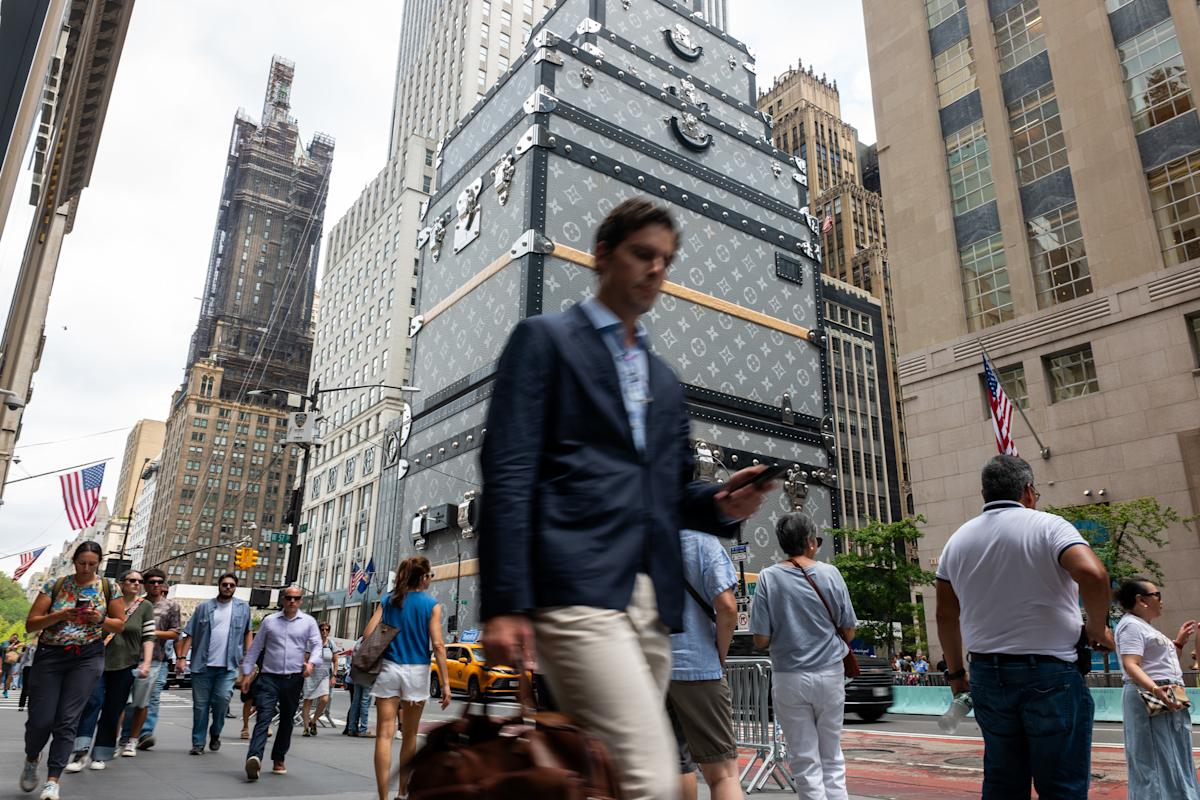
U.S. Consumer Sentiment Falls in August 2025 Amid Rising Inflation Fears and Weak Durable Goods Outlook
2025-08-18 @ 15:00
In August 2025, U.S. consumer sentiment experienced a notable downturn, raising fresh concerns about the outlook for inflation and the broader economy. According to the University of Michigan’s latest preliminary survey, the consumer sentiment index dropped to 58.6 from 61.7 in July, falling well short of market expectations. This marks the first decline in four months, a shift that is being closely watched by analysts, investors, and policymakers.
Key Factors Behind the Drop in Confidence
The recent slide in consumer sentiment has been attributed primarily to growing concerns about inflation and deteriorating conditions for purchasing durable goods. Despite a slight improvement in expectations for personal finances, households remain wary about the prospects for both inflation and unemployment in the months ahead.
Breaking down the data:
– The Current Economic Conditions Index fell significantly to 60.9 from 68 in July, indicating that Americans feel less optimistic about their present situation.
– The Expectations Index edged down to 57.2 from 61.7, showing that consumers are bracing for more challenging times, especially with anticipated higher inflation and possible job losses.
Inflation Expectations Surge
A significant highlight from the latest survey is the sharp uptick in inflation expectations:
– One-year inflation expectations jumped to 4.9%, up from 4.5% the previous month.
– Five-year inflation expectations also increased, rising to 3.9% from 3.4%.
These figures suggest that Americans foresee higher prices for goods and services persisting longer than previously anticipated. The recent surge in inflation expectations reverses the trend of declining short-term and long-term inflation forecasts, which had lasted for the prior two to three months.
Although these expectations are below the peaks seen earlier in the year, the upward trajectory signals unease among consumers, with many potentially adjusting their spending habits in response to the perceived erosion of their purchasing power.
The Buying Climate for Durable Goods
Another area of concern revealed in the survey is the sharply worsened buying conditions for durable goods—big-ticket items such as cars, appliances, and furniture. Elevated prices, higher interest rates, and worries about the future have combined to create an environment where more American households are delaying or reconsidering major purchases. This is often a telling indicator, as the willingness to spend on such items typically reflects confidence in household finances and in the broader economy.
Labor Market Anxiety
Despite the labor market remaining relatively strong in headline jobs data, survey responses suggest a growing unease about future unemployment. More consumers expect job conditions to worsen, further compounding concerns about their ability to keep up with rising prices and maintain their current lifestyles.
What This Means for the Economic Outlook
The pullback in consumer confidence is particularly relevant given the crucial role of personal consumption in the U.S. economy. Historically, lower consumer sentiment often correlates with slower spending growth, which can in turn weigh on GDP expansion. While current inflation readings are not at crisis levels, the persistent concern about rising costs—paired with apprehension over the job market—suggests a period of caution, both for households and for the businesses that serve them.
Broader Survey Trends and Comparisons
The University of Michigan’s sentiment index is not the only measure signaling caution. The LSEG/Ipsos Primary Consumer Sentiment Index, a separate poll released in August, also came in at a subdued 53.4, with its Current Index at just 45.1—both reflecting persistent skepticism about the economic environment. Meanwhile, The Conference Board’s Consumer Confidence Index had shown improvement in July, but even there, measures of expectations remained below levels consistent with strong economic growth. Notably, consumers indicated that jobs are getting harder to find, highlighting persistent anxiety despite the broader economic rebound from the disruptions of previous years.
Conclusion: A Wary Consumer Shapes the Road Ahead
As we move further into 2025, the sharp decline in consumer confidence and rising inflation expectations deserve close attention. These trends point to an increasingly cautious American consumer, with potential implications across the economy—from the housing market and retail sector to manufacturers of big-ticket items.
For investors, business owners, and policymakers, monitoring these pulse points will be essential in assessing whether this dip in sentiment is a temporary blip or the harbinger of a more protracted slowdown. With inflation and the labor market at the forefront of consumer concerns, the trajectory of confidence in the coming months could be a decisive factor in shaping economic fortunes for the remainder of the year.


